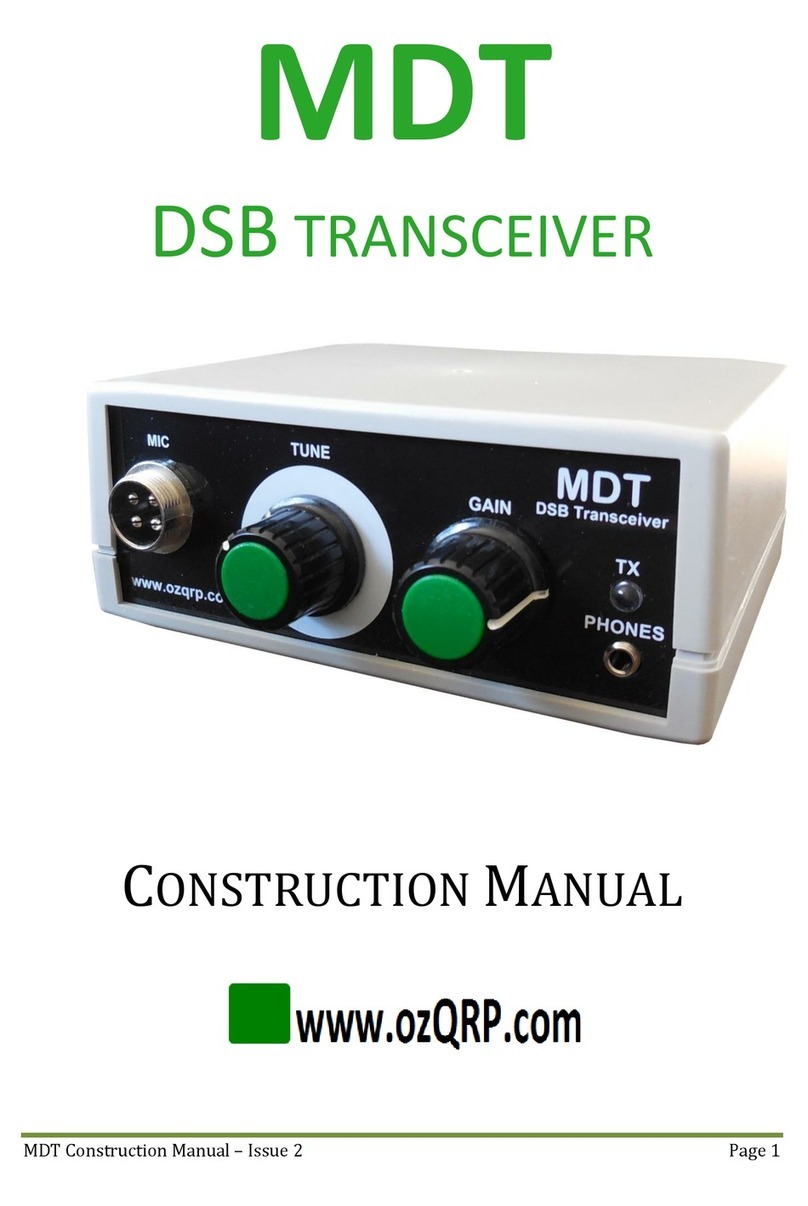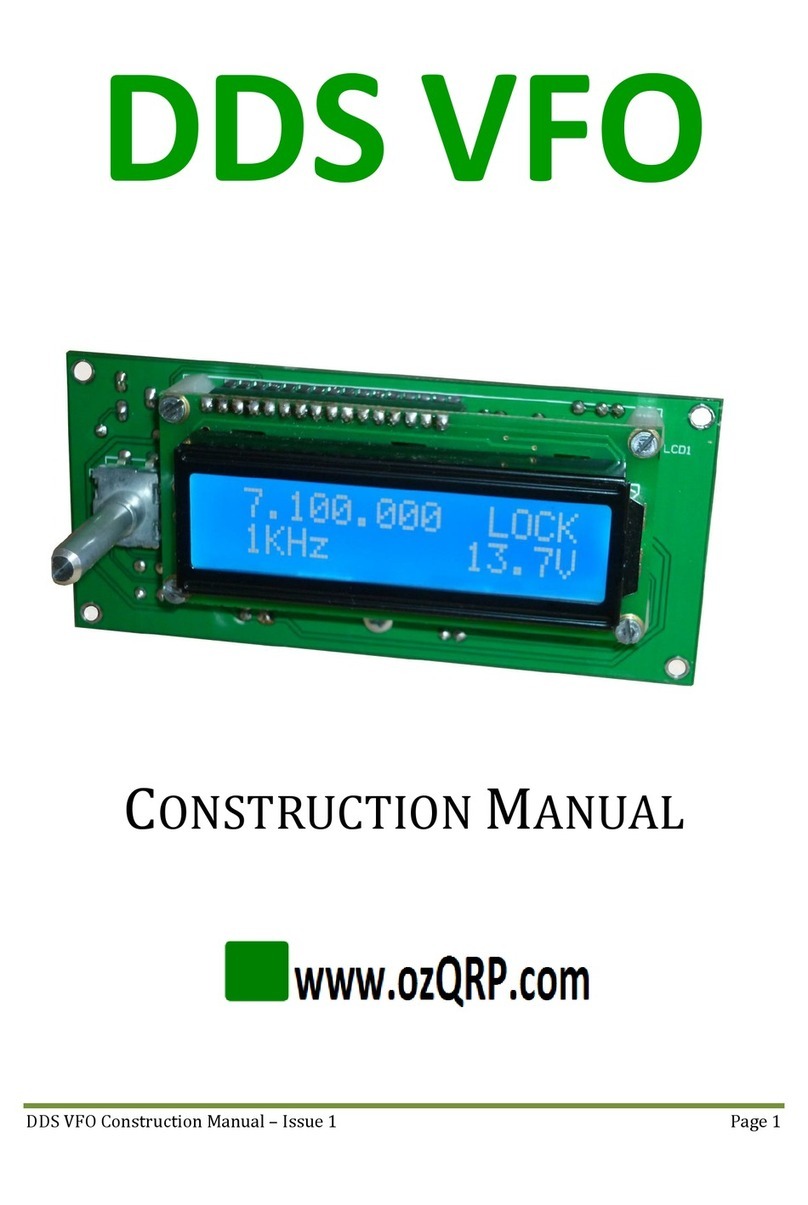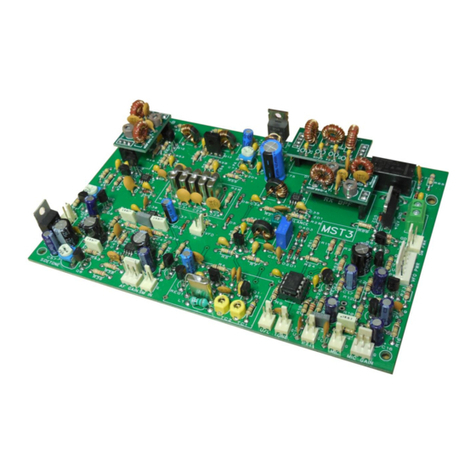MST Construction Manual –Issue 1 Page 2
CONTENTS
1Introduction..............................................................................................................................................................4
2Block Diagram..........................................................................................................................................................5
3Circuit Description .................................................................................................................................................6
3.1 SSB generator..................................................................................................................................................6
3.2 Transmit mixer...............................................................................................................................................6
3.3 Power amplifier .............................................................................................................................................7
3.4 Receive mixer..................................................................................................................................................7
3.5 Receive audio..................................................................................................................................................8
4Parts List.................................................................................................................................................................. 14
4.1 Main Board Parts........................................................................................................................................ 14
4.2 Band Specific Parts .................................................................................................................................... 16
4.3 Off Board Parts............................................................................................................................................ 16
5Construction........................................................................................................................................................... 17
5.1 General............................................................................................................................................................ 17
5.2 Construction Steps..................................................................................................................................... 17
6Enclosure................................................................................................................................................................. 23
6.1 Rear Panel ..................................................................................................................................................... 23
6.2 Front Panel.................................................................................................................................................... 23
6.3 Mounting the PCB....................................................................................................................................... 23
6.4 Front panel label......................................................................................................................................... 24
6.5 Fitting the DDS VFO................................................................................................................................... 26
7Wiring up................................................................................................................................................................. 27
8Testing and alignment ....................................................................................................................................... 29
8.1 General............................................................................................................................................................ 29
8.2 Power on........................................................................................................................................................ 29
8.3 Receive............................................................................................................................................................ 30
8.4 Transmit......................................................................................................................................................... 30
8.5 Carrier frequency adjustment............................................................................................................... 32
9Operation................................................................................................................................................................. 33






























